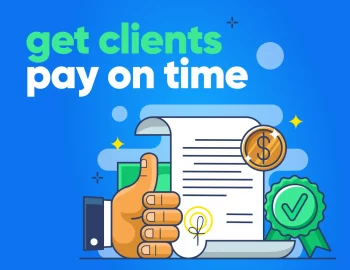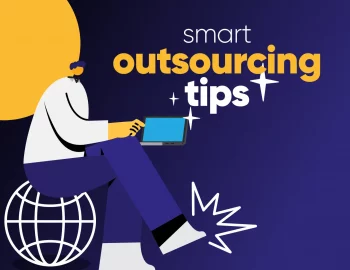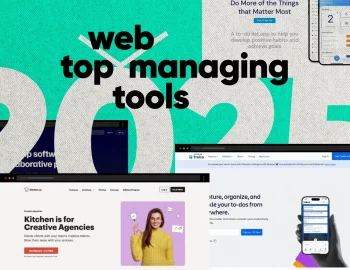Running a creative agency isn’t just about landing the next big client – it’s about keeping the great ones you already have. And that’s where increasing customer lifetime value comes in.
If you’ve ever wrapped up a project only to be met by a wall of silence afterward, you’re not alone. The good news? There are ways to keep clients coming back without feeling salesy or pushy.
So today, I’ll walk you through smart, doable ways to strengthen relationships, upsell naturally, and build systems that truly support repeat business. Because figuring out how to increase customer lifetime value might just be the game-changer your agency needs.
1. Understanding the real value of a returning client
The first thing any business owner has to understand is that past clients are the warmest leads. They already know your process, trust your taste, and (hopefully) loved the results. Winning them back doesn’t mean reselling from scratch – it’s more like reopening a door that was never really shut.
From a business perspective, this is where customer lifetime value (CLV) starts to shine. The cost of landing a new customer – all the emails, proposals, discovery calls – is way higher than continuing with someone who’s already paid you. Plus, repeat clients tend to:
- Spend more over time
- Say yes faster (less hand-holding needed)
- Refer others more willingly
- Give you better creative freedom because they’ve seen what you can do
So, before building your next pitch deck for a cold lead, take a beat. Who are your existing customers? Which past clients could benefit from a refresh, an upgrade, or ongoing support? Increasing customer lifetime value starts with recognizing just how valuable those repeat customers are, not just in money, but in momentum, ease, and long-term business growth.
2. Start with smarter client onboarding
Here’s the truth: most creative agencies treat onboarding like a one-way ticket to project kickoff. But if you’re looking to increase customer lifetime value, onboarding needs to be more than a checklist – it’s your chance to quietly lay the groundwork for a long-term relationship.
Instead of jumping straight into deliverables, start by showing clients the bigger picture. Where does this project fit into their long-term brand journey? What’s likely to come next? A simple roadmap or “growth path” during onboarding can work wonders.
For example:
- Phase 1: Visual Identity & Brand Voice
- Phase 2: Website Design & Launch
- Phase 3: Seasonal Campaigns or Social Templates
- Phase 4: Ongoing Design Support
You’re not pitching all of this right away – you’re just planting the seed. It helps clients understand that branding, design, and development aren’t one-and-done, and that you’re thinking about their success beyond this immediate project.
3. Build in opportunities for upselling and cross-selling
Upselling can feel icky if it’s not done right. No one wants to turn a creative relationship into a used car pitch. But upselling and cross-selling don’t have to be aggressive. When done carefully, they’re actually a form of service – helping your clients get even better results from the work you’re already doing.
Here’s the key: suggest what makes sense, not what pads the invoice.
– “Would you like a social media kit to keep everything consistent online?”
Or if you’ve just launched a website:
– “Want to set up a seasonal update package so your content stays fresh year-round?”
These offers work best when they feel like the next logical step. Not random, not overreaching – just helpful. That means taking time to listen during early conversations and noting any future needs that pop up (even casually).
Timing also matters. Great upsell moments include:
- Midway through a project, when trust is high and clarity is growing
- At the final delivery stage, when momentum is strong and clients are excited
- A few weeks post-launch, during a check-in call or casual update
It’s all about being proactive, not pushy. You’re simply making it easy for clients to say yes to something they already need, but they just didn’t know you offered it.
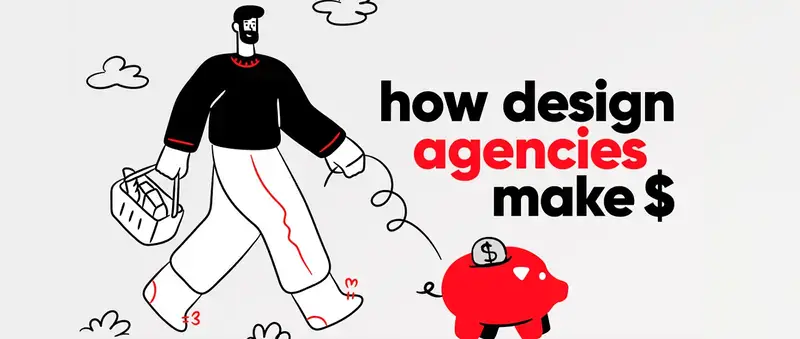
4. Design retainer packages that actually work
First things first: forget the “one-size-fits-all” retainer. What works for a fast-paced wellness startup isn’t going to suit a boutique hotel brand doing quarterly launches. Instead, think in tiers or themes.
Here’s one simple framework to start with:
- Maintenance – Light support: updates, touch-ups, performance checks, minor tweaks
- Growth – Monthly creative work: blog graphics, email design, campaign support
- Strategy – Higher-touch: brand audits, creative direction, ongoing consulting
Each package should include:
✔ A clear scope (what’s included – and what’s not)
✔ A set number of hours or deliverables per month
✔ The process for requesting work (so you’re not chasing emails all day)
✔ A monthly report or wrap-up to show value
And here’s the kicker: structured retainers create stickiness. Clients stop thinking, “Do I need to rehire them?” and start thinking, “They’re part of our team.” That’s how you achieve higher customer lifetime value, but without constantly reselling yourself.
5. Systemize post-project follow-up
You wrapped the project. The client’s happy. The files are delivered. And then… You vanish from their inbox like a creative Houdini. It happens, but if you want to increase customer lifetime value, this is exactly where you need to stay visible and valuable.
Post-project follow-up doesn’t have to be awkward or overly formal. In fact, it works best when it’s warm, helpful, and planned ahead of time. Think of it as creating gentle “re-entry points” for your clients to re-engage, without waiting for them to remember they need you.
Here’s a simple follow-up system you can build right into your workflow:
✔ 2 Weeks After Launch:
Send a check-in email: “Hey [Client], just checking in – how’s everything going since the launch? Anything you need support with now that things are live?”
This opens the door for quick fixes or follow-up work before it becomes urgent.
✔ 6-8 Weeks Later:
Send a value-packed update or tip: “Thought you’d find this helpful – here’s a quick guide on optimizing your brand visuals for the next season/holiday/campaign.”
Even better if it links to a service you offer (like seasonal content or performance audits, for example).
✔ 3-4 Months Later:
Invite them to a strategy session or offer a mini brand check-in: “It’s been a few months – want to hop on a quick call to talk about what’s next for your brand? I can do a light audit and share ideas.”
You’re not selling – you’re staying invested.
This kind of intentional follow-up makes customers feel valued and supported, not sold to, and that trust leads to more work, stronger referrals, and longer relationships.
6. Create a client experience that’s built for loyalty
You know that feeling when a brand just gets you? That’s exactly what your clients want from you – not just clean design files or a pretty site, but a smooth, thoughtful, respectful experience from start to finish. That’s how you achieve customer loyalty. If your agency feels easy to work with, clients are way more likely to come back.
So what does a loyalty-building client experience actually look like?
It’s not about constantly over-delivering or being available 24/7. It’s about clarity, consistency, and making them feel seen.
Here are a few elements that go a long way in winning loyal customers:
- Clear communication norms (response times, feedback loops, project updates)
- Polished client deliverables (think branded decks, well-labeled file folders, wrap-up videos)
- Project wrap-ups that feel complete (a final recap email, launch support tips, links to helpful tools)
- Thoughtful touches (like a small thank-you gift or a personalized note post-launch)
Also, don’t underestimate how powerful predictability is. When your process feels dialed in, clients feel safe handing you more responsibility. And when clients enjoy working with you? They won’t shop around the next time a design need pops up – they’ll call you first.
Put simply, a strong client experience makes repeat business the default, not the exception.
7. Track and improve customer lifetime value over time
Here’s the deal – you can’t grow what you don’t measure. Increasing customer lifetime value sounds great, but if you’re not keeping tabs on who’s sticking around, what they’re buying, and how often they return, you’re basically flying blind.
Now, we’re not talking about building a massive spreadsheet empire (unless that’s your thing). Even some light tracking can show you patterns – and opportunities – that help you double down on what’s working.
Start with a few simple questions:
- Who are our repeat clients?
- What services are they coming back for?
- How long does the average customer stay with us?
- What’s the total revenue per client over time?
If you’re using project management tools (even a Google Sheet will do if not), you can build a basic client tracker that includes:
- First project date
- Total number of projects
- Type of services used
- Total customer revenue
- Notes on future potential (for example, “Might need packaging work in Q4”)
Once you’ve got that info in one place, you can start spotting trends – like which service bundles lead to longer relationships, or which industries tend to bring repeat work. That insight helps you refine your offers, your sales pitch, and even your onboarding process.
When you treat client relationships as living, evolving things (not just transactions), you build a business that grows in depth, not just in volume. And that’s what makes CLV a creative agency’s secret superpower.
8. Make offboarding a springboard, not a goodbye
Just because the final files are delivered doesn’t mean the relationship has to end. In fact, your offboarding process is the perfect moment to plant seeds for what’s next, while the excitement of the project is still fresh and the results are top of mind.
Instead of treating offboarding like a sign-off, treat it like a soft launch for your next potential collaboration.
Here’s how to make that moment count:
- Send a branded “wrap-up kit.” Include final deliverables, usage tips, and a friendly summary of what you accomplished together. But also add a thoughtful note with ideas for the future, like seasonal refreshes, content rollouts, or strategy check-ins.
- Offer something to come back for. Everyone loves a good perk. You might say:
“As a past client, you’re eligible for our VIP refresh rate if you return within 6 months.”
Or:
“We offer early booking access for quarterly design sprints – let me know if you’d like to reserve a spot.” - Include next-step suggestions. Even if they’re not ready now, show that you’re thinking ahead on their behalf:
“Down the road, you might want to explore packaging design or campaign support. happy to chat when the time’s right.”
When done with care, it doesn’t sound salesy, it feels like service, and it keeps your studio top of mind.
Simply said, a good goodbye is actually a soft “see you soon.”
Bottom line? Customer lifetime value is a creative opportunity
Increasing customer lifetime value isn’t about how to squeeze clients for every dollar. It’s about deepening relationships and delivering thoughtful, long-term value that actually helps their businesses grow.
The best part? A strong CLV strategy isn’t just good for business revenue – it’s also good for your rhythm. You’ll stop hustling for new leads every month and start building a customer base that grows with you. Thus, you have more predictability, more loyalty, and more creative space to do the kind of work you’re proud of.
So think of CLV as a design challenge in itself: How can you shape your services, systems, and client experience to keep great relationships going?
Answer that – and you’re not just running a creative studio. You’re building a sustainable, reputation-rich business that thrives on trust.
Ready to further level up your creative agency game? Check out our other articles full of helpful insights and friendly advice:


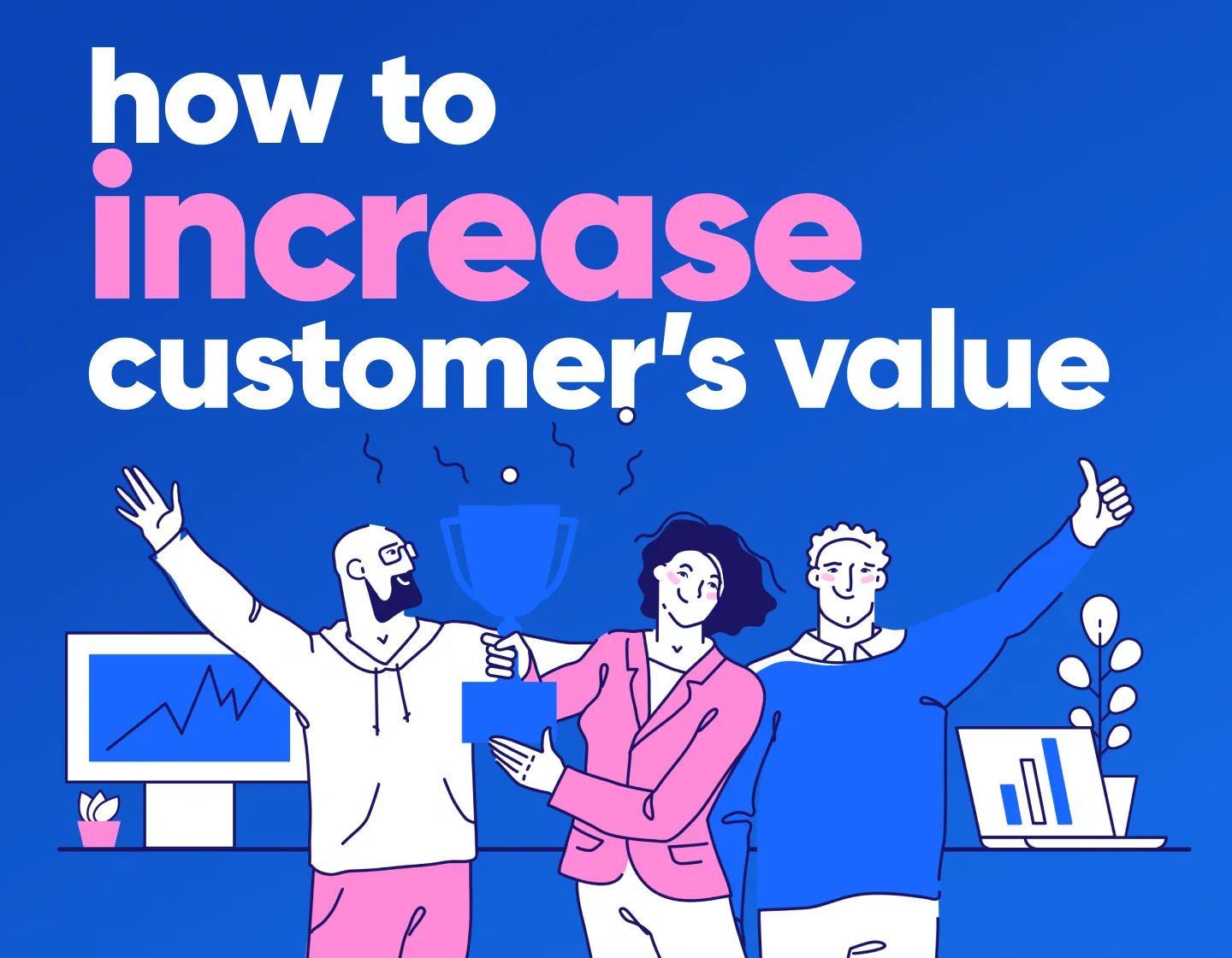
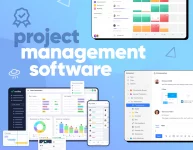
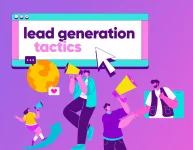
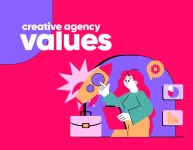
![When to Send Emails? [Complete Guide to Success]](https://reallygooddesigns.com/wp-content/uploads/2025/02/when_to_send_emails-193x150.webp)
